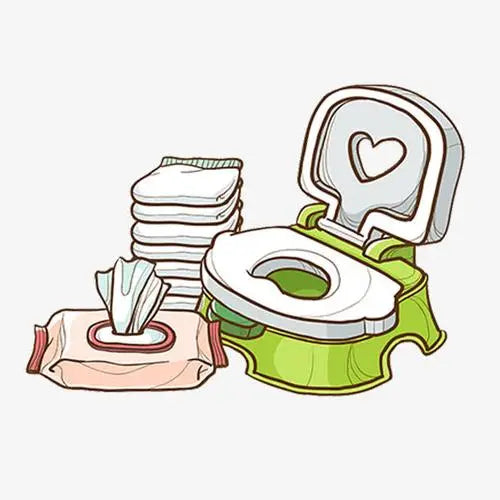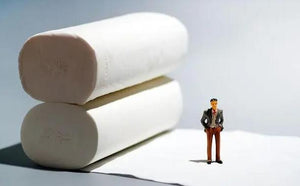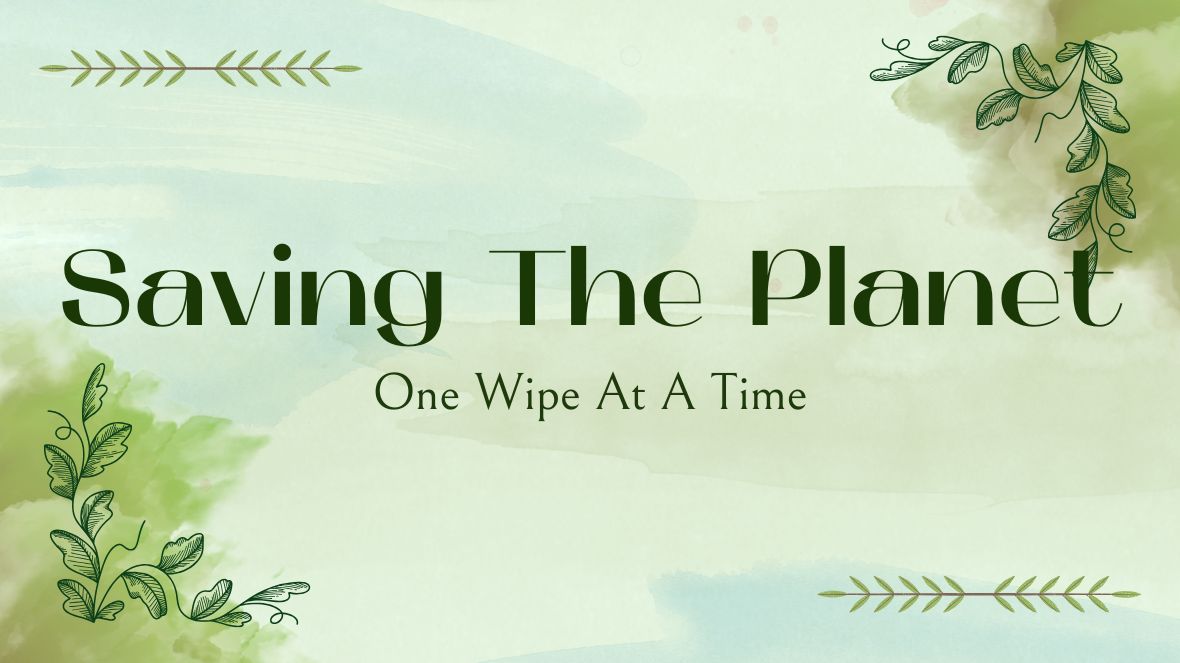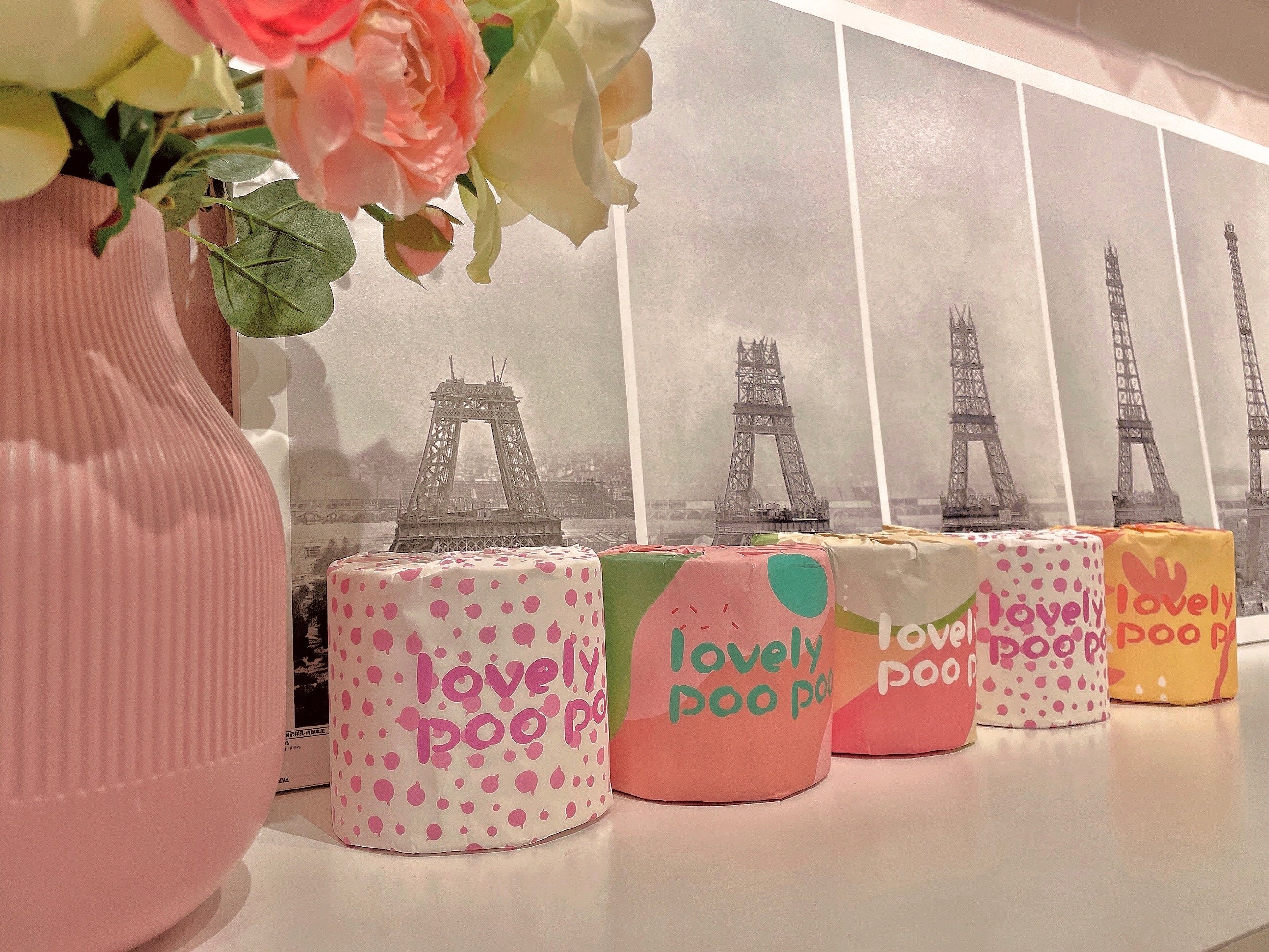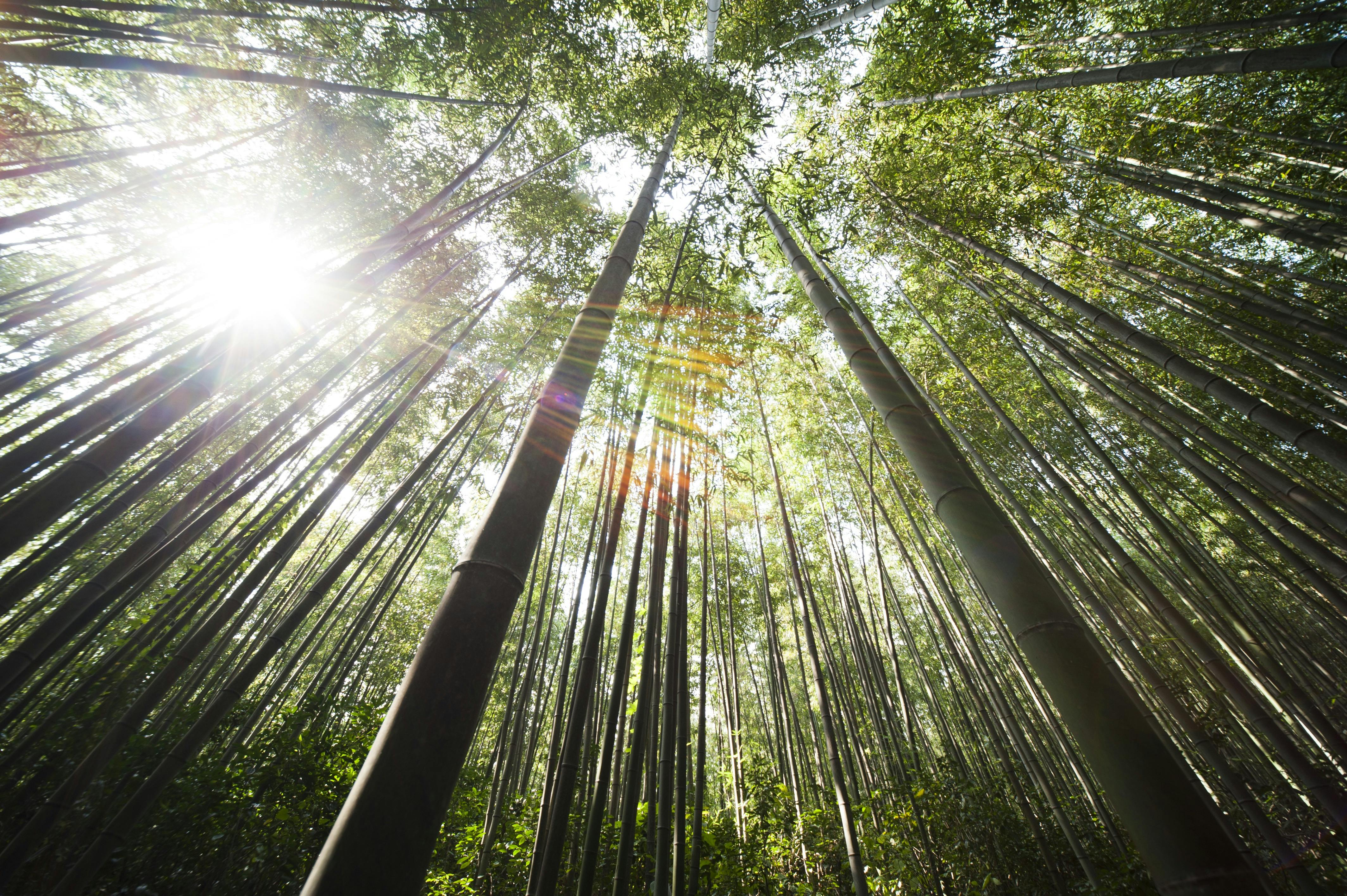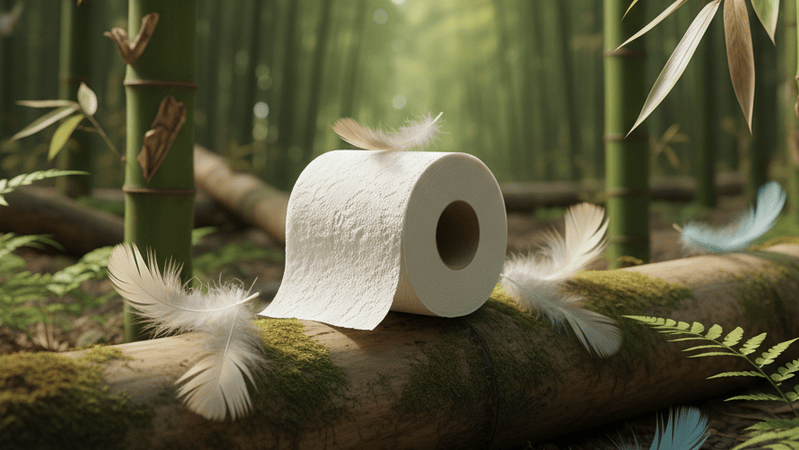In recent years, with the increasing awareness of environmental protection, more and more people have begun to pay attention to the protection and utilization of wood resources. As one of the main ways of using wood, papermaking materials are also facing issues that are as important as wood resource protection and environmental protection. . Therefore, finding papermaking materials to replace wood has become a research hotspot in the industry.
At present, papermaking materials that replace wood mainly include non-wood fiber, grass fiber and waste paper.
1. Non-wood fibers
Non-wood fibers refer to other natural raw materials other than trees, including semigrass, miscanthus, sorghum, straw, hemp, bamboo, and cotton stalks. These plants are rich in cellulose and can be used as papermaking materials.Taking sorghum as an example, the papermaking process and process of soybean hulls and peanut shells as raw materials are gradually being improved, and some enterprises have achieved large-scale production. Moreover, sorghum has a fast growth rate and a large yield, and is a very promising papermaking material.However, these non-wood fibers also have some problems, such as insufficient fiber length and unstable chemical composition, etc. These problems also need to be gradually solved during the research process.

2. Grass fiber
Grass fiber refers to various herbaceous plants, including Ruograss, Reed Grass, Setaria, Suballus and Reed. These plants are rich in cellulose and hemicellulose, are natural and have strong regenerative capacity, and contain more water. They are a kind of papermaking materials that meet environmental protection requirements. At present, some enterprises have used grass fiber as the main raw material for pulp production, and the effect is very satisfactory. However, the toughness of these fibers is not enough, and the quality needs to be improved through improved processes.
3. Waste paper
Waste paper refers to paper that has been used or recycled, and has the main value of recycling. Waste paper is cheap, recyclable, and will not be felled, and the chance of polluting the environment is smaller, so it is favored by more and more people, and the recycling rate of waste paper is also increasing.Waste paper can be used again in paper production through simple sorting and processing, and it is an ideal material that can replace wood.However, waste paper itself also has some problems, such as the classification of waste paper is not detailed enough, which will affect the quality of paper. Therefore, waste paper also needs to be carefully sorted and treated in the process of recycling.

During the severe toilet paper shortage of 2020-2021, you might start poking around to see if there are any alternatives. Have seen other options in times of great need too, like during your search you may have come across bamboo toilet paper.We know what you're thinking: Is this really made of bamboo? The answer is: yes! You can rest assured that no trees were harmed in the manufacture of this toilet paper. Plus, it's just as soft, strong, and comfortable as other top brands.Switching to bamboo toilet paper? Our 5 top facts will help you decide if it's right for you!
Bamboo is sustainable
Bamboo can grow three feet (0.9 meters) a day, Cloud paper co-founder Ryan Fritsch said in an email interview. It reaches harvest maturity in three years, while trees take 50 or more years.
Despite bamboo toilet paper's growth, "bamboo toilet paper produces at least 30% less greenhouse gas emissions than tree toilet paper," Fritsch said. "It doesn't need tending, watering or fertilizing. It just needs to be harvested once a year," Farah said in an email. Farrah, a member of the company's customer happiness team, uttered a load of crap. This saves water and avoids adding chemical fertilizers to the soil. Bamboo is technically a grass, not a tree, Farah points out. So basically, these companies are mowing tall lawns instead of cutting down forests. When it comes to toilet paper, speed is of the essence: the average American uses 57 square meters of toilet paper per day, the equivalent of 50 pounds (23 kg) of toilet paper in a year!

Processing bamboo requires no chemicals
"Some media have reported on the chemically intensive conversion of bamboo for textiles and nonwovens (wet wipes or diapers, etc.)," Farah said. "These products require spinnable fibers (rather than toilet paper) and the process is very different as it relies heavily on chemicals to break down the fibers. This presents a set of challenges for the use and disposal of chemicals. Fortunately, we do not face these Challenge!" The cute poo can crush and heat bamboo to break down the fibers instead of using chemicals.
Bamboo TP is safe for all sewage and septic systems
It might even be safer than tree toilet paper. Not only does it decompose, but it is also biodegradable. Plus, as we've noted, it's free of harsh chemicals used in other toilet paper. Make sure the bamboo toilet paper you buy has not been bleached for that extra green spot. Bamboo TP is so strong that one or two plies are often used instead of the luxurious three-ply high-end tree-based paper, although three plies are still an option. The fewer layers of paper, the easier it is to break down, so bamboo can even be used in RV toilets.“We put our bamboo rolls through rigorous quality testing to ensure they are soft yet strong. For those new to sustainable TP, we recommend trying our bamboo rolls first as they are the most comfortable,” says Farah. Fritsch agrees: "The texture of toilet paper is always a matter of personal preference, but our triple-ply toilet paper is soft, strong and lint-free, so you don't have to sacrifice quality for sustainability."

While untreated plain toilet paper is usually the cheapest, consumers can buy recycled toilet paper and bamboo toilet paper at competitive prices. In fact, a box of 48 rolls sells for $66.
To sum up, although there are many papermaking materials that can replace wood, many of them need to be gradually improved and perfected in research and practice. Historic changes, developing towards a more efficient and environmentally friendly direction.
